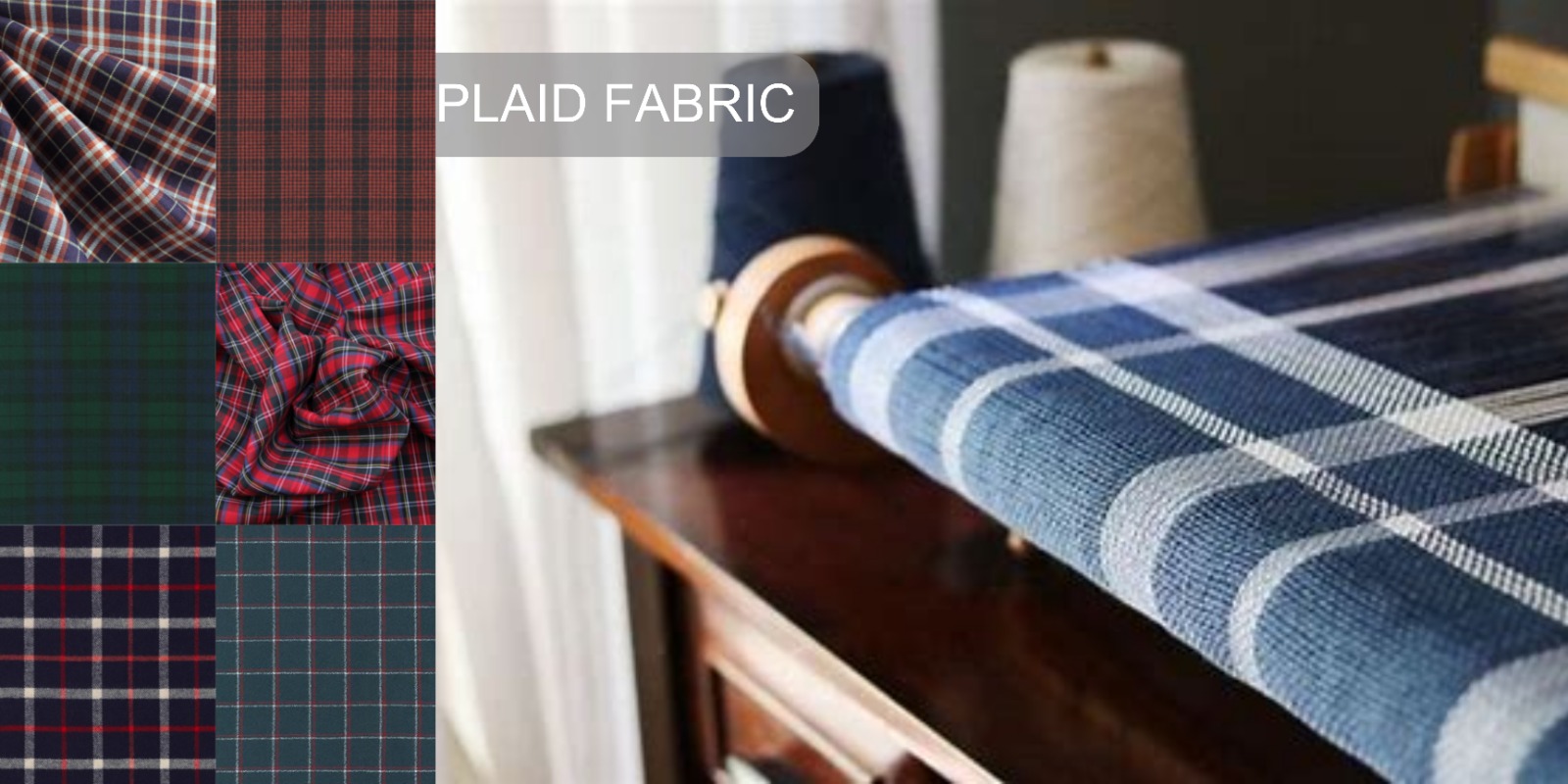
Plaid Fabric: Timeless Style & Comfort

Plaid Is A Pattern Formed From Criss-Crossing Lines Of Varying Widths In One, Two Or Three Colors. Plaid Is More Commonly Used On Shirts And Homeware.With Their Captivating Patterns, Exceptional Comfort, And Versatility, Plaid Cotton Fabrics Offer A Canvas For Individuals To Express Their Unique Style Narratives.
Anuprerna believe that plaid fabrics offer not only captivating patterns but also exceptional comfort and versatility. By providing individuals with access to high-quality plaid cotton fabrics, Anuprerna enables them to express their unique style narratives while embracing classic yet contemporary fashion choices.
Origin of Plaid Cotton Fabrics
Plaid cotton fabrics have a rich history that traces back to ancient civilizations. Originally, plaid patterns were associated with specific clans and regions, serving as a means of identification. Over time, plaid cotton fabrics transitioned from their utilitarian origins to becoming a prominent fashion statement across the globe. Today, plaid patterns are cherished for their aesthetic appeal, cultural significance, and remarkable versatility.
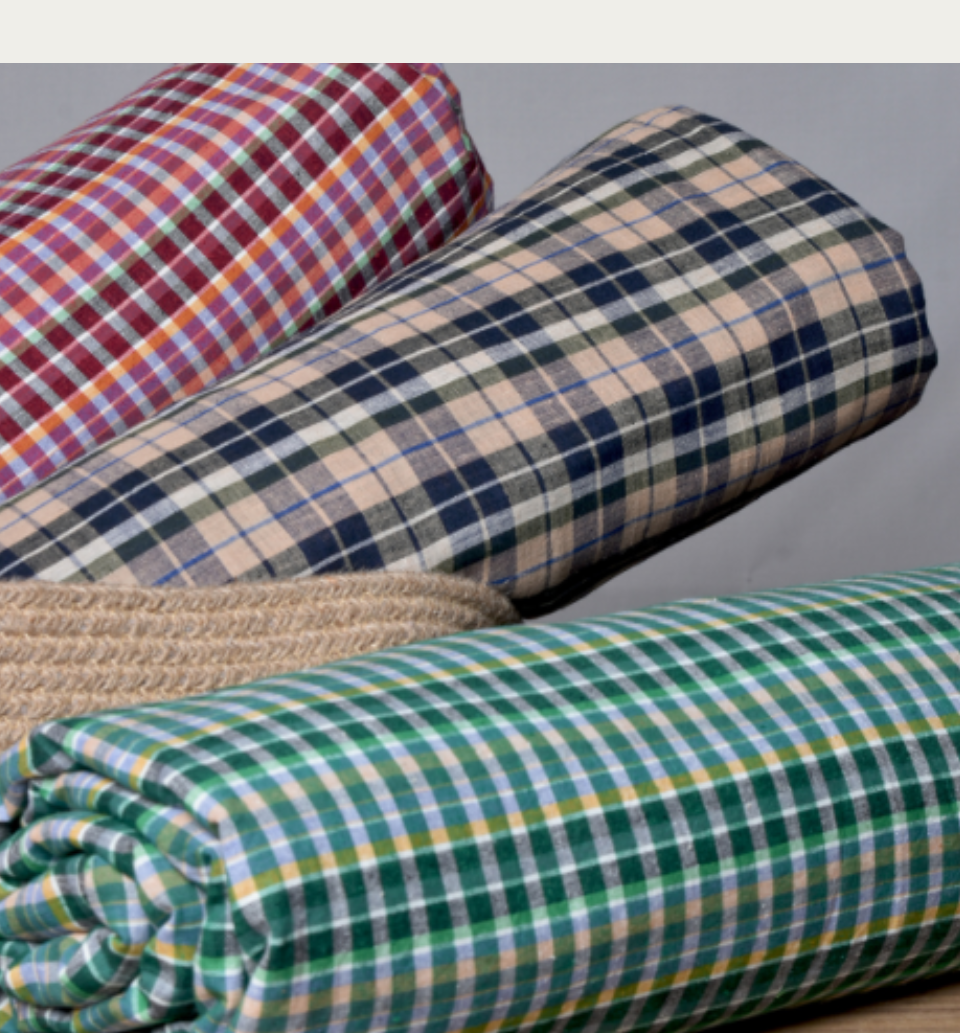
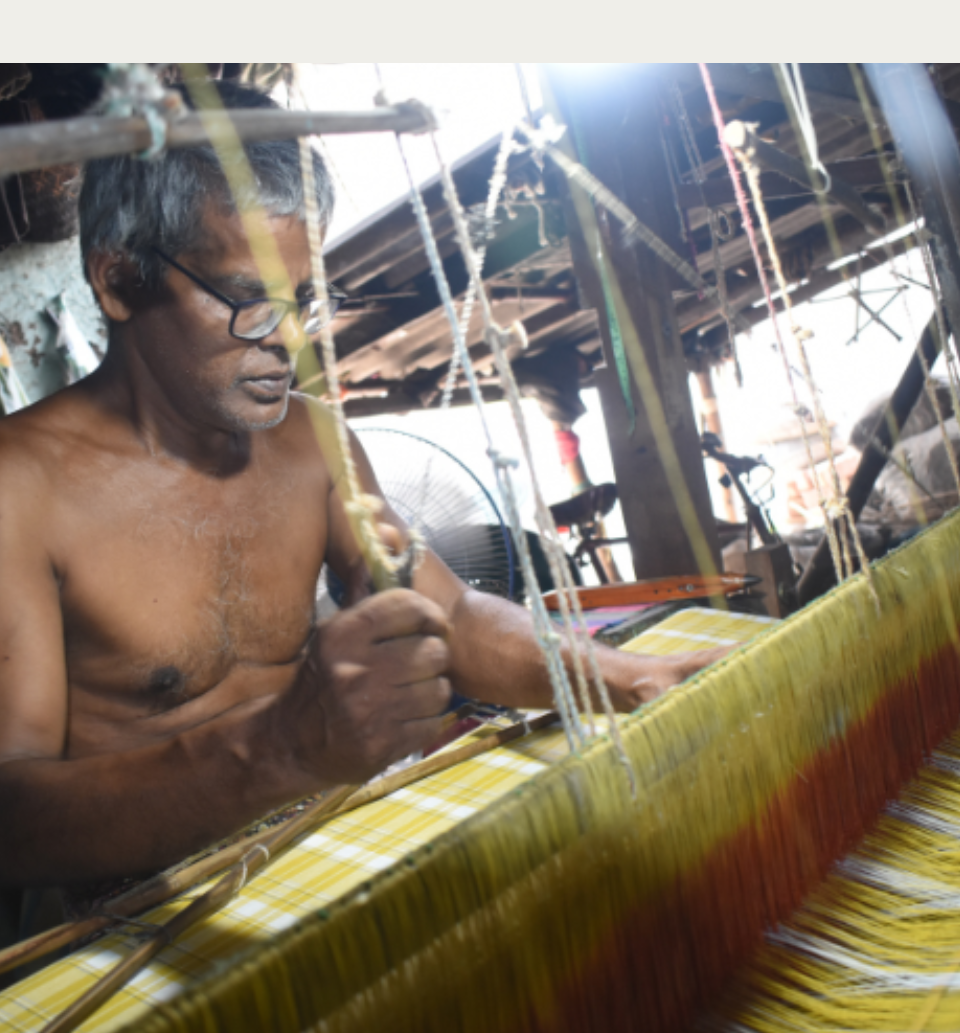
THE MANUFACTURING PROCESS
Crafting exceptional plaid cotton fabrics involves a meticulous manufacturing process that blends traditional craftsmanship with modern technology. Our expert artisans carefully select the finest cotton fibers, ensuring superior quality and durability. These fibers are then woven together using state-of-the-art looms, resulting in intricate and captivating plaid patterns that are a true testament to the artistry of textile production.
Exploring Plaid Patterns
Plaid patterns are as diverse as the cultures and histories they stem from. Each pattern carries its own story and significance, making plaid fabrics not only visually appealing but culturally rich as well. Here are a few popular plaid patterns:
Tartan Plaid: Originating from Scottish clans, tartan check patterns hold deep historical meaning. Each tartan design is unique to a specific clan, representing their heritage and identity. Today, tartan plaid has transcended its origins and is cherished for its classic elegance.
Madras Plaid: This vibrant pattern hails from India and features colorful checks and stripes. Madras plaid exudes a casual and summery vibe, often found in lightweight shirts and dresses perfect for warm weather.
Buffalo Check: Known for its bold, large-sized checks, the buffalo check pattern has a rugged and rustic charm. Originally associated with outdoor wear, this pattern has found its way into various fashion styles, offering a cozy and timeless appeal.
Glen Plaid: Also referred to as Prince of Wales check, Glen plaid is characterized by its subtle, alternating checks and overplaid. It's a popular choice for tailored suits and adds a touch of sophistication to both menswear and womenswear.
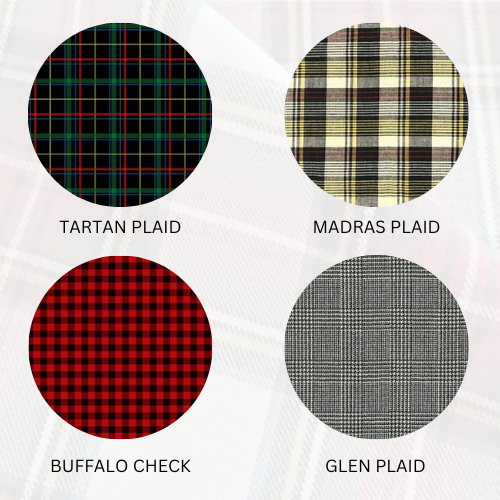
Intricate Weaving Techniques
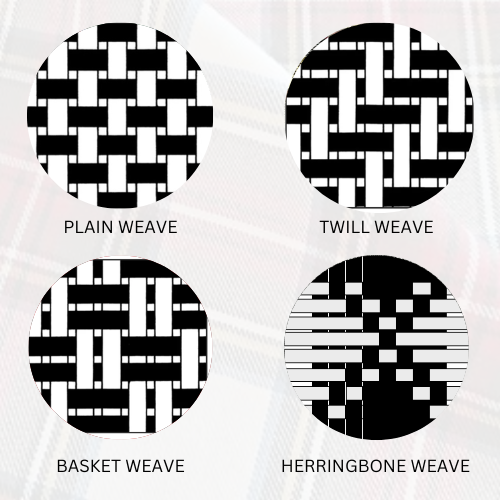
The intricate beauty of plaid patterns is brought to life through weaving techniques that require precision and skill. Here are some key weaving techniques used to create plaid fabrics:
Plain Weave: The simplest of weaving techniques, plain weave involves weaving the weft yarn over and under each warp yarn alternately. This creates a balanced and durable fabric, often used as a base for more complex patterns.
Twill Weave: Twill weave creates diagonal lines in the fabric by weaving the weft yarn over multiple warp yarns before going under. This technique results in a distinctive texture and is often used for classic patterns like houndstooth.
Basket Weave: Basket weave involves grouping warp and weft yarns in sets, creating a crisscross pattern similar to a woven basket. This technique adds texture and depth to the fabric, making it a great choice for casual plaid designs.
Herringbone Weave: Named after its resemblance to the bones of a herring fish, this weave creates a distinctive V-shaped pattern. Herringbone adds a touch of sophistication to plaid fabrics, enhancing their visual appeal.
The Irresistible Allure of Plaid Cotton
The appeal of plaid cotton fabrics lies not only in their captivating patterns but also in their exceptional comfort and versatility. Plaid cotton blends effortlessly with various fashion styles, from casual to formal, making it a staple in wardrobes around the world. The softness of cotton combined with the visual charm of plaid patterns creates a unique synergy that appeals to individuals of all ages.
Fashion Statements - Plaid cotton fabrics have a dominant presence in the fashion industry. From stylish shirts and dresses to cozy scarves and jackets, plaid adds a touch of sophistication and visual interest to any outfit.
Home Décor - Enliven your living spaces with plaid cotton home textiles. Cushion covers, curtains, and throws crafted from plaid cotton fabrics infuse warmth and elegance into your home.
Accessories - Embrace the charm of plaid through accessories like handbags, hats, and even footwear. These accents provide a subtle yet impactful way to incorporate plaid into your personal style.
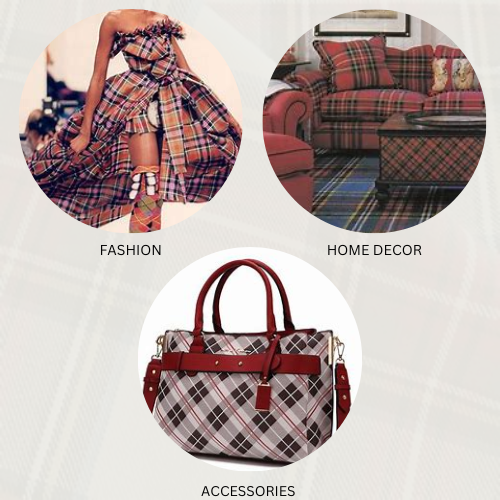
related questions
Where does plaid fabrics originated from?
arrow_drop_downPlaid fabrics originated from Scotland, where they were traditionally worn as part of traditional Scottish Highland dress. The distinctive crisscrossed pattern of plaid, known as tartan, was originally associated with specific Scottish clans and regions.
What are different types of plaid fabric patterns?
arrow_drop_downDifferent types of plaid fabric patterns include tartan, gingham, madras, buffalo check, and houndstooth.
What are the advantages of plaid fabric?
arrow_drop_downThe advantages of plaid fabric include versatility, timeless style, variety in patterns and colors, ease of coordination, durability, and suitability for different seasons.
Why is it called plaid pattern?
arrow_drop_downThe term "plaid" originated from the Scottish Gaelic word "plaide," which referred to a type of woolen cloth used for garments and blankets. Over time, the term "plaid" came to be associated with the distinctive crisscrossed pattern found on this type of cloth
More Blogs
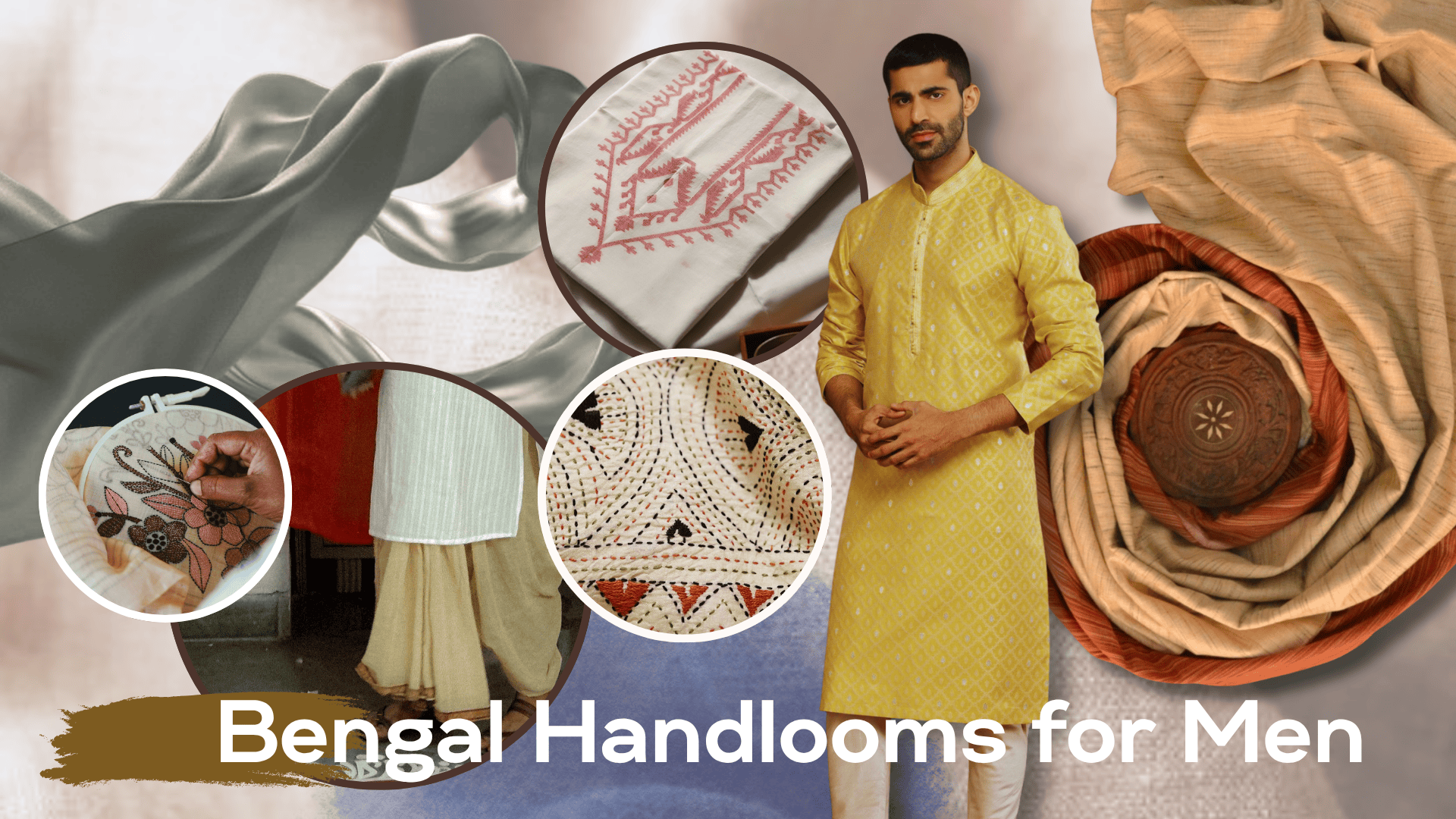
bengal looms for men: beyond the kurta
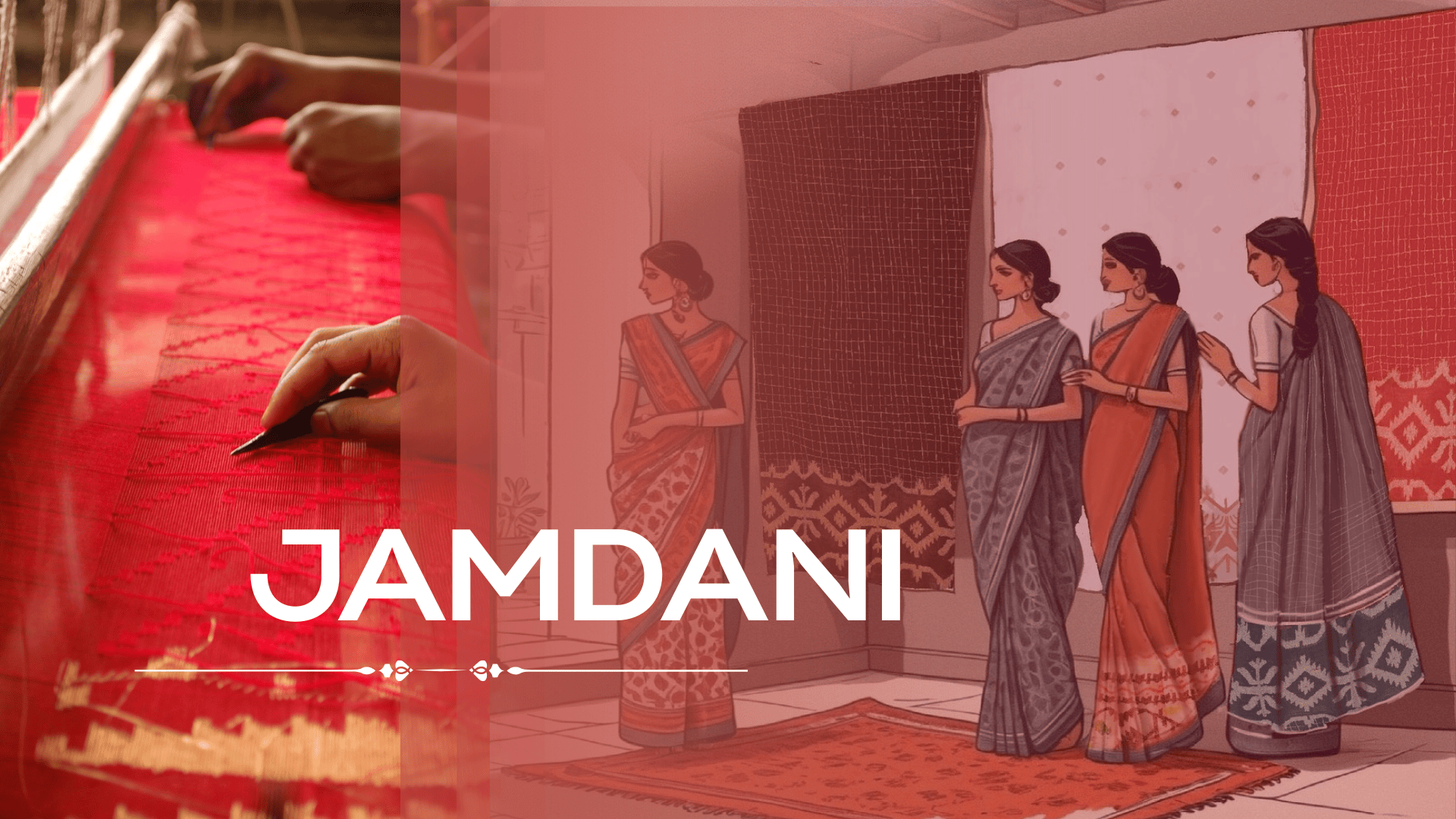
jamdani magic: why this weave is unesco-recognized as cultural heritage
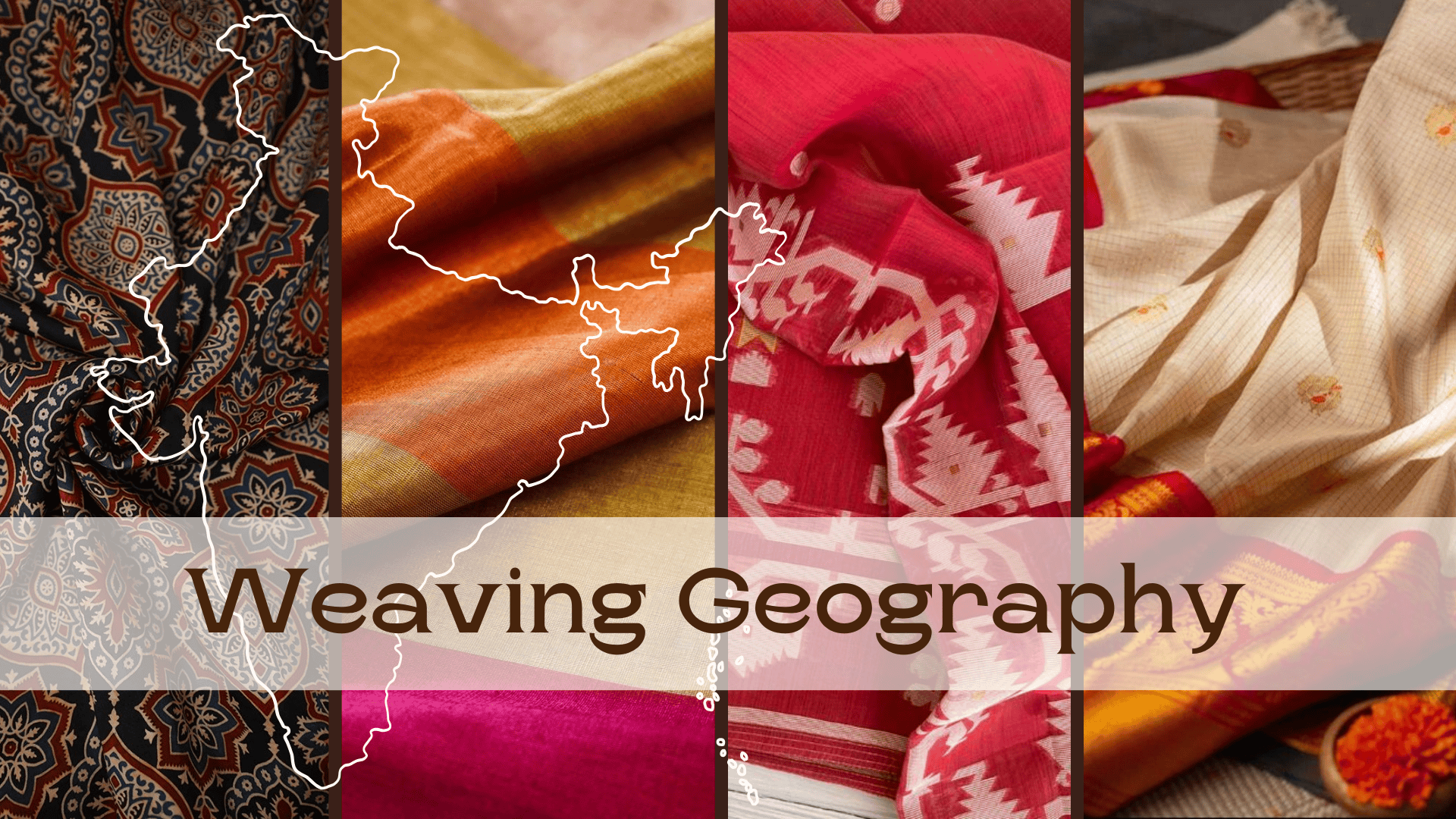
weaving geography: which district is known for which handloom fabrics
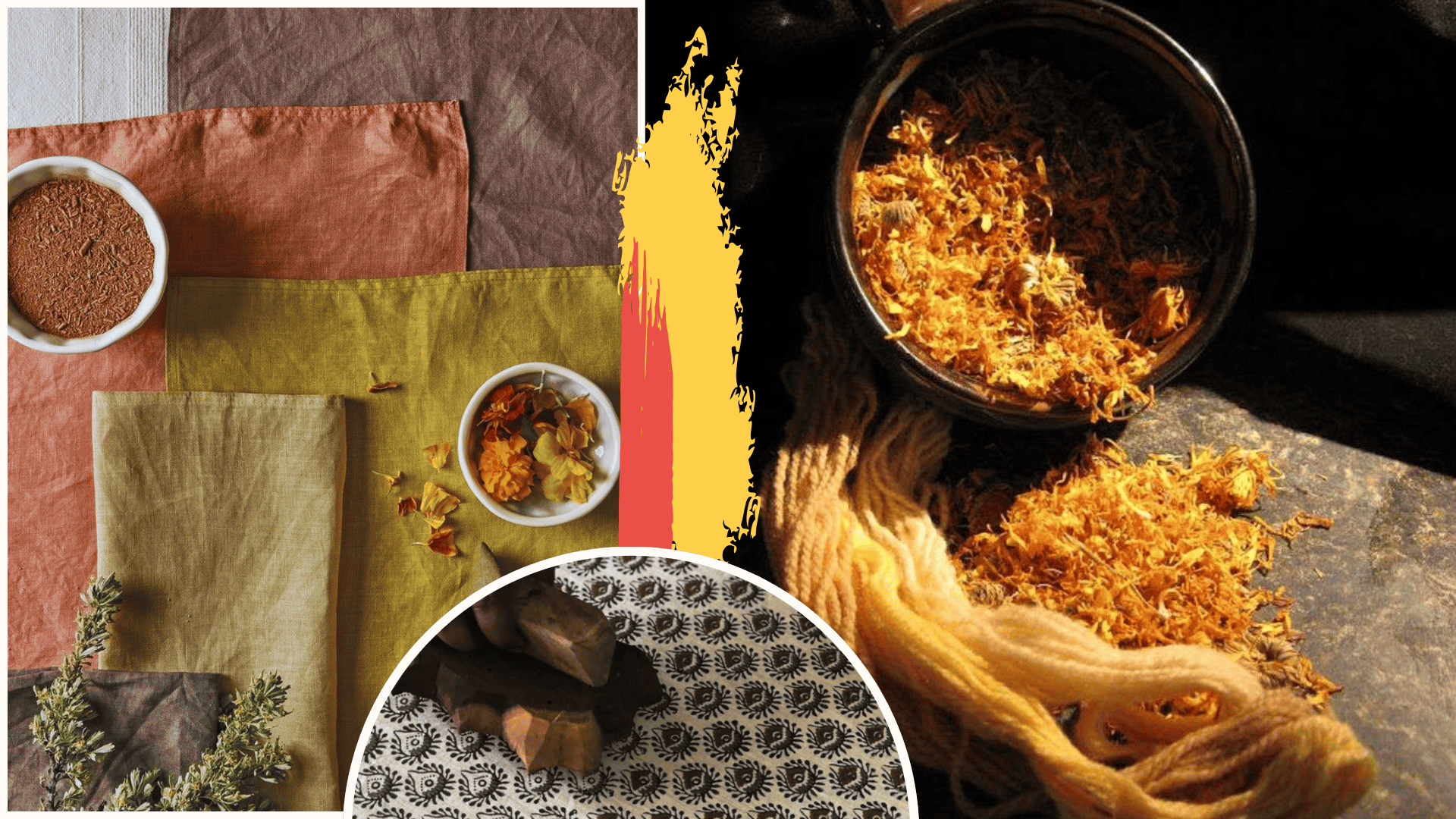
the ultimate guide to naturally dyed and block printing textiles
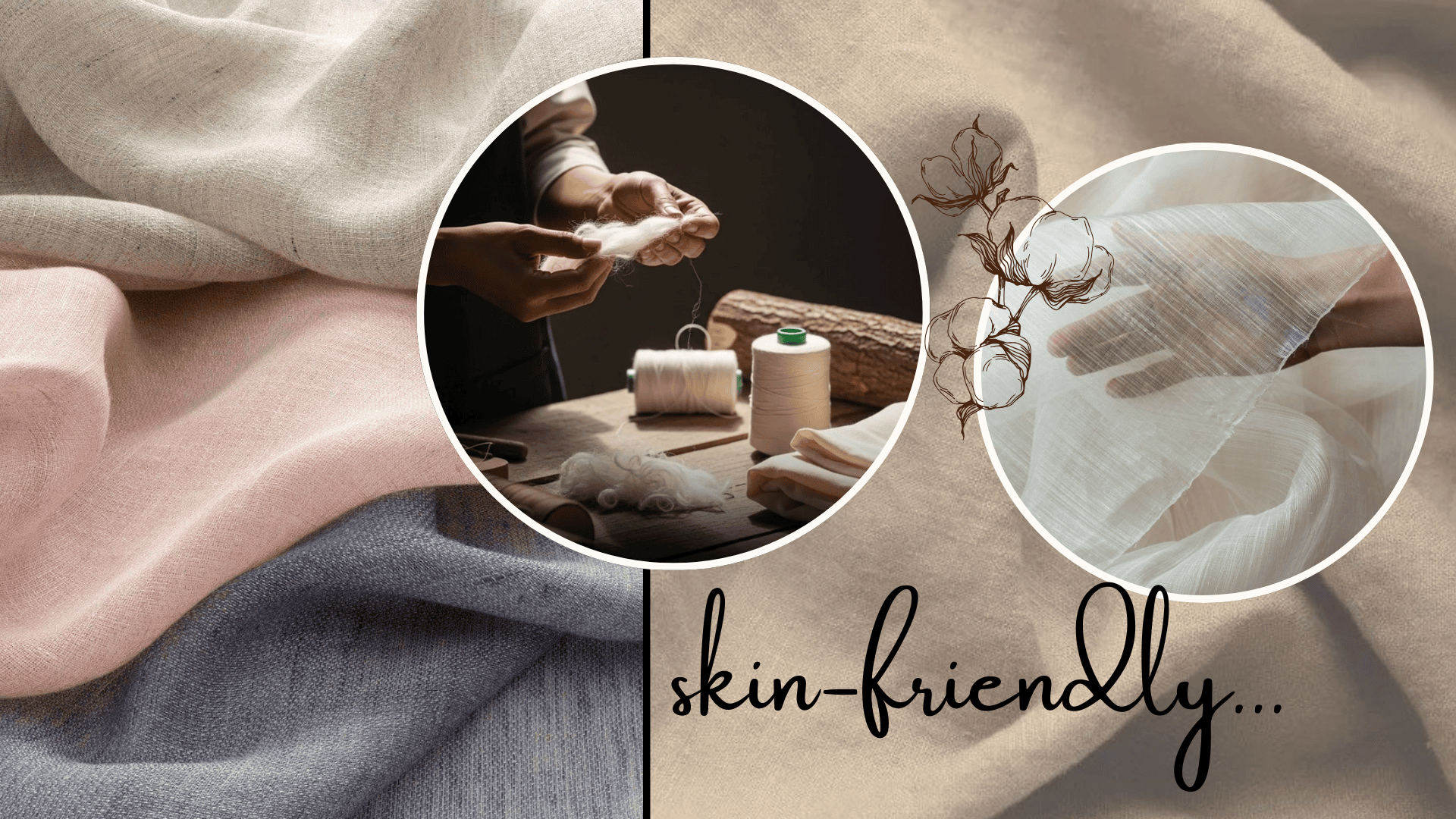
why skin-friendly textiles are the next luxury in fashion
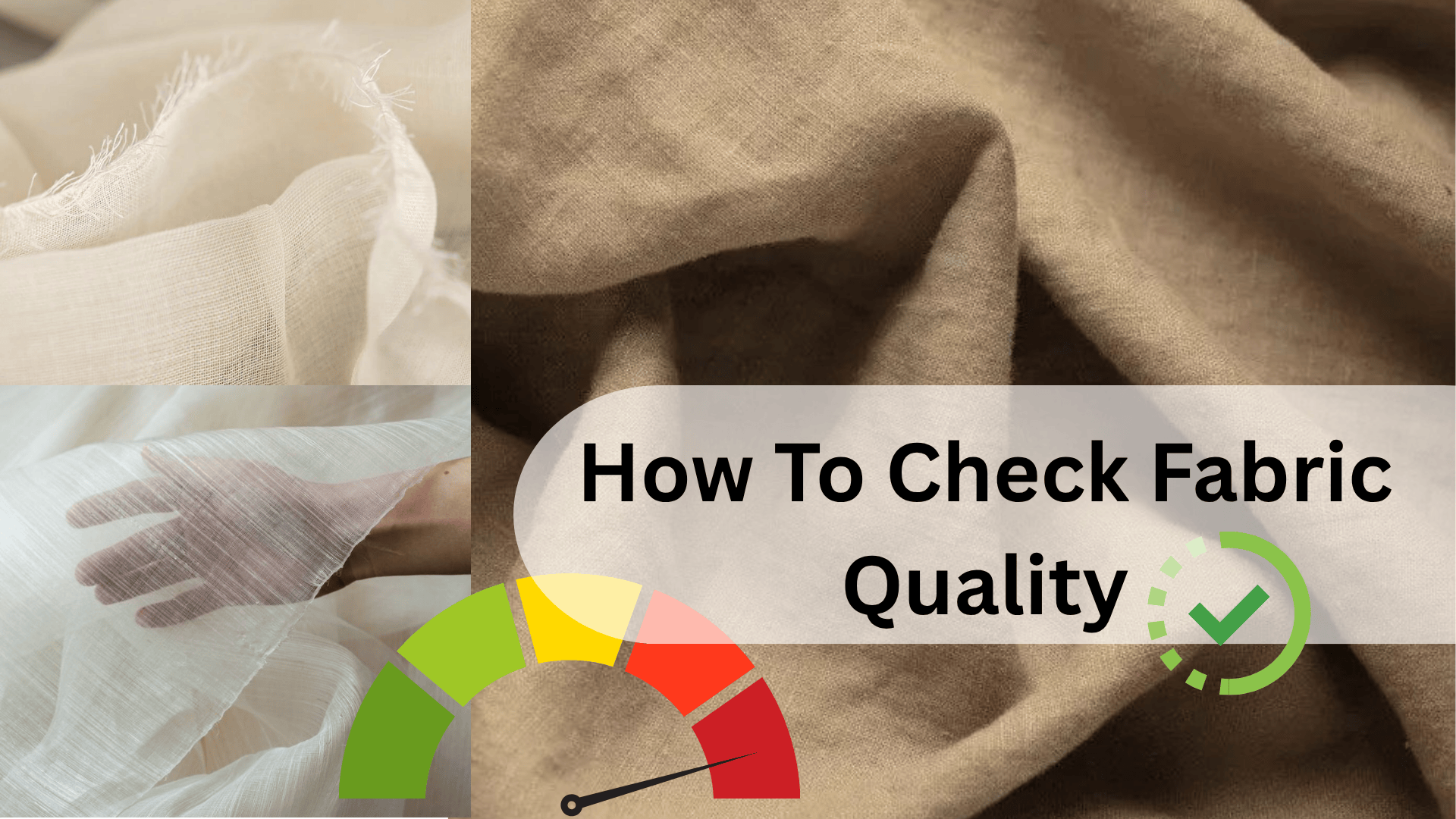
7 visual cues to identify fabric quality instantly






